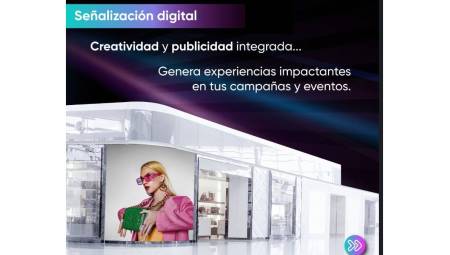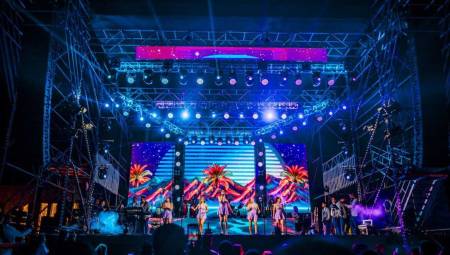Latin America. Artificial intelligence (AI) is facing a paradox in terms of sustainability. On the one hand, it can help solve environmental problems such as wildlife conservation or predicting devastating weather patterns. However, AI production and development also generate large amounts of heat and carbon, which contributes significantly to climate change.
In other words, technology that could save the planet also has a negative impact on it. The solution lies not in further developing AI, but in applying the technology to existing tools with a proven track record of success.
For example, AI cannot solve the traffic problem on its own, but by integrating with traffic lights, it can reduce congestion by optimizing traffic light times and reducing idle vehicles. Similarly, AI can't remove trash from the ocean, but it can help identify it through images to make it easier to clean up. The best approach to achieving a more sustainable future is to integrate emerging technologies such as AI with others that have already been tested and successful.
A central problem with AI is its enormous energy consumption. AI systems are developed and operated in data centers, which require large amounts of energy to maintain their infrastructure while also generating a lot of heat. This heat must be dissipated by cooling systems which, in turn, require even more energy and water.
Jean-Marc Gaufrès, Head of High-Tech Solutions at Dassault Systèmes, says that while improvements have been made in the sustainability of data centers, the efforts will never end. Companies are beginning to invest in renewable energy sources; Google, for example, has partnered with a nuclear energy company to power its data centers with sustainable modular reactors. However, the growing demand for AI continues to present a challenge to sustainability.
The negative environmental impact of AI goes beyond energy consumption. Data centers still rely heavily on fossil fuels, and the process of cooling their electronics requires more energy and water. In addition, these components must be replaced frequently, which generates electronic waste. Increased demand for data and AI has led to the expansion of digital infrastructure, perpetuating this cycle of energy consumption and increased environmental impact.
The use of AI also generates carbon emissions through seemingly innocuous interactions. For example, when we interact with generative AI tools like ChatGPT, we're not aware that even a simple query like "how much is two plus two?" consumes a significant amount of energy. Sasha Luccioni, an AI and climate researcher, points out that we are using AI for tasks for which it is not designed, which increases unnecessary energy consumption and worsens environmental impact.
Despite these challenges, AI has great potential to mitigate climate change. It can analyze large volumes of data to identify patterns that humans would not be able to see, which can be useful in various sectors. In agriculture, for example, AI can optimize water use in irrigation and improve crop yields. In environmental protection, AI-powered drones can monitor forests and detect deforestation or illegal logging.
In transportation, AI can analyze real-time traffic data to optimize traffic light times and reduce congestion, which would decrease emissions from idle vehicles. In construction, AI algorithms can select materials and designs that minimize energy use and reduce the heat island effect in cities. In addition, AI systems can help us as individuals make more sustainable choices, such as in apps that track our environmental impact or smart home systems that adjust energy use based on our behaviors.
One particularly promising approach is the combination of AI with virtual twins. Virtual twins have enabled sustainable innovations by virtualizing operations, from product design to manufacturing and delivery. Companies in various sectors, such as automotive and aeronautics, have used virtual twins to reduce the weight of vehicles and aircraft, which in turn reduces fuel consumption. By integrating AI with this proven technology, even greater improvements in sustainability can be achieved.
In the enterprise arena, a new initiative, the Large Language Model as a Service (LLMaS), offers a way to reduce data center emissions by allowing companies to use AI models without having to develop and train them themselves. This reduces the need for massive data infrastructures, which in turn decreases environmental impact.
The journey to a more sustainable future depends on recognizing the duality of AI. While this technology demonstrates remarkable potential to enhance our efforts in the fight against climate change (through innovations in agriculture, transport and construction), it is essential to recognise that its true power lies in synergy with existing and proven technologies.
Although AI alone cannot solve the climate crisis, it has the potential to make a significant contribution if addressed correctly. The real power of AI lies in its integration with existing and proven technologies, such as virtual twins. This synergy can increase the effectiveness of sustainability initiatives, helping to create a greener and more resilient future. The challenge is to find a balance between AI's environmental impact and its potential benefits, taking a collaborative approach that leverages both new and established technologies. Only then can the full potential of AI to mitigate climate change be unlocked.
Text written by Shoshana Kranish, Senior Director of Communications, Dassault Systèmes.
















